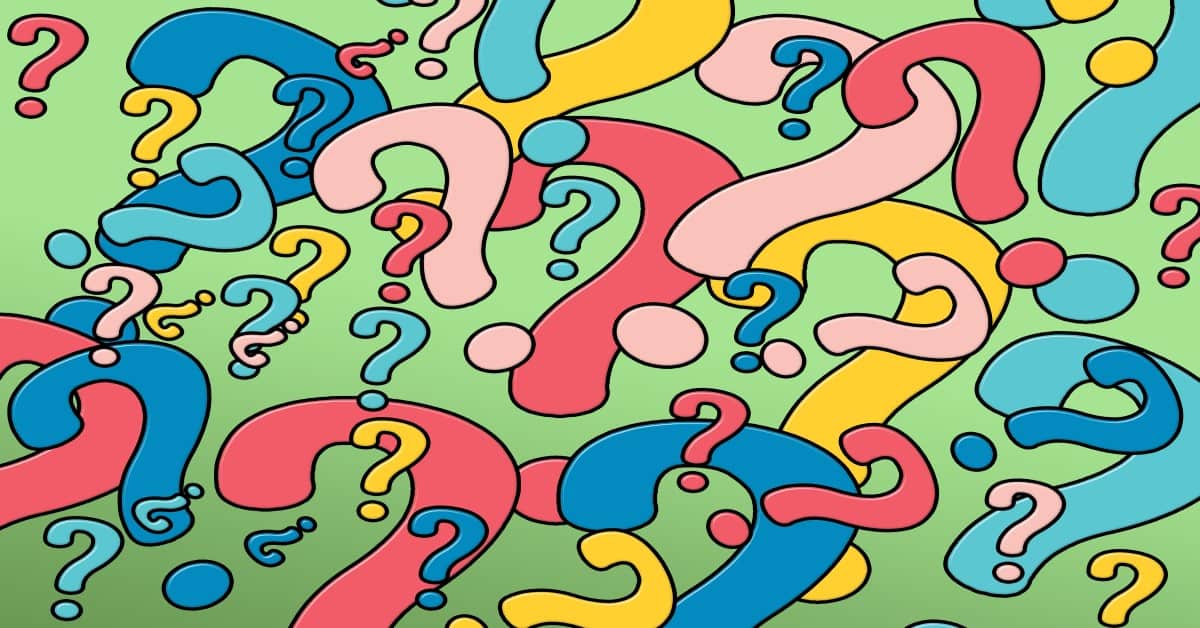What’s the deepest hypnotic trance you can be in?
Sure, a lot of what people talk about when they say ‘hypnotic depth’ is nonsense.
Some academics yearn to rate the depth of a trance on a seven-point scale, saying you can only cause an arm to lock or resolve a phobia in a trance rated three or above.
(Or should that be below… ?)
They want to organise, systematise, even mathematise hypnosis, even though the evidence keeps saying that it doesn’t work that way.
You can get just as good results in a light trance as a deep one.
Still… you can be deeper in a trance, just like you can be deeper asleep.
So how deep can you go?
The Esdaile state is extremely deep, no matter how you measure or define ‘deep’. You can see what I mean when you look into who it’s named after.
James Esdaile was a 19th Century Scottish surgeon (not to be confused with James Braid, who also meets that description). His story is an interesting one – right when most academics denounced mesmerism for sounding too mystical, he looked into it.
He lived and worked in India, right when the British Empire was solving some problems and creating new ones. As a surgeon far from the conveniences of the homeland, he often had to use whatever he had at hand.
In one case, that was literal.
A patient of his suffered during a painful procedure. In that time and place, chemical anaesthetics weren’t readily available.
But Esdaile had read about mesmerism and decided to try it.
With the power of hypnosis, still called mesmerism back then, he created an analgesic state in the patient.
He later wrote that he’d never learned mesmerism or even seen it in action. He had read about it – a terrible way to learn hypnosis, but clearly better than nothing because it worked.
Soon Esdaile developed a reputation for performing pain-free surgery, even for procedures that were agonising in the hands of other surgeons.
Most 19th Century medical practices are enough to make you cringe – and so they should. Yet he routinely performed them without causing any pain.
That’s how deep hypnosis can go.
It’s funny – many doctors today see hypnotic analgesia as this new thing. A cute idea but, really, does it work?
Yet Esdaile perfected his techniques in the 1840s. Hypnotic analgesia is older than any of the drugs an anaesthetist uses.
The reasons it didn’t catch on?
Firstly, the prejudice among the medical community. Despite Esdaile routinely performing surgery like this, they insisted there was ‘no proof!!!’ that it worked.
As if someone could fake pain-free surgery…
Secondly, it takes great skill to create hypnotic analgesia, whereas any idiot could use chloroform, morphine or (in a pinch) alcohol.
Honestly?
That sounds like an argument against chemical analgesia but, hey, it was a different time back then.
CoolArticleSpinner.com is a participant in the Amazon Services LLC Associates Program, an affiliate advertising program designed to provide a means for sites to earn advertising fees by advertising and linking to Amazon.com.








